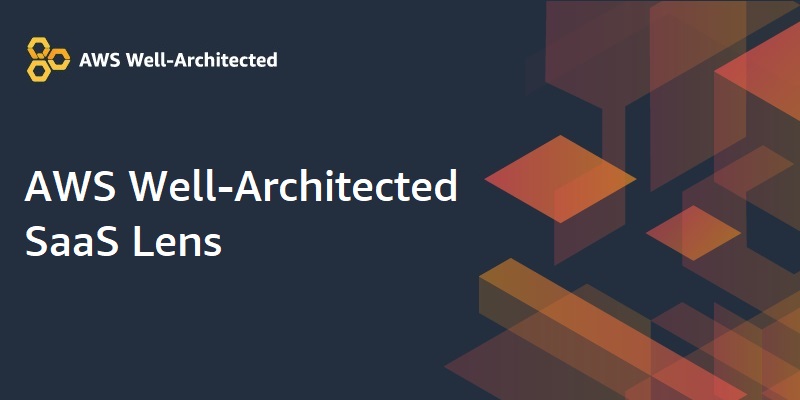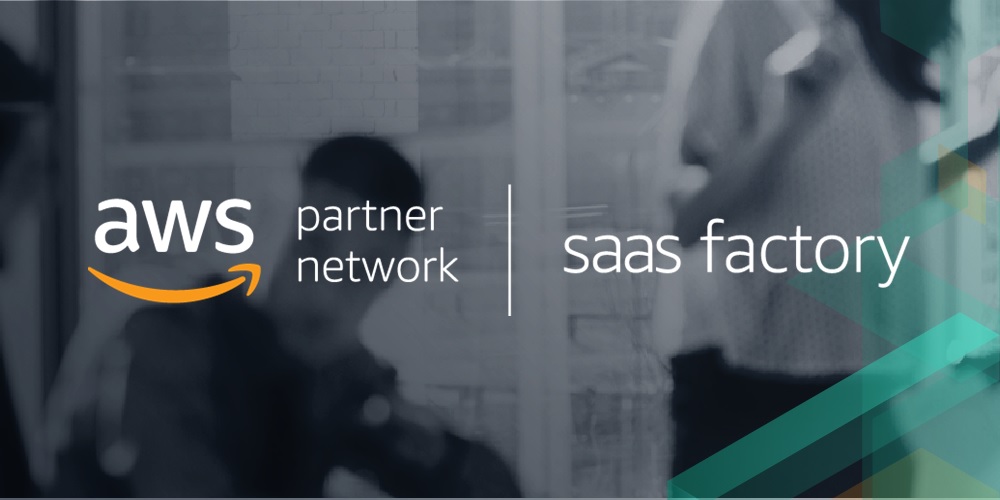AWS Partner Network (APN) Blog
Tag: AWS SaaS Factory
AWS Well-Architected SaaS Lens Helps Customers Transform to a Software-as-a-Service Model
To help accelerate firms building SaaS solutions on AWS, the SaaS Factory team led an effort to build a new AWS Well-Architected SaaS Lens. With this release, AWS Partners have another tool to help customers with SaaS workloads on AWS. The SaaS Lens can be applied to existing workloads, or used for new workloads you define in the tool. There are no costs in using the Well-Architected Tool. Developers and architects can use it to improve their applications or get visibility into multiple workloads.
AWS SaaS Factory Insights Hub Provides SaaS Thought Leadership and Guidance
Since the AWS SaaS Factory started in 2017, we have provided organizations building software-as-a-service (SaaS) solutions with guidance through direct engagements, webinars, bootcamps, conferences, and events. Based on what we’ve learned from AWS Partners throughout these engagements, we are excited to announce the launch of AWS SaaS Factory Insights Hub, a central directory that makes resources and best practices available to organizations seeking extensive SaaS knowledge.
Explore the SaaS Journey Framework in New AWS Whitepaper
The SaaS delivery model has become increasingly appealing to a wide range of companies. For many, the move to SaaS represents a significant transformational event that requires companies to examine all the moving parts of their business. Based upon our experience with thousands of AWS Partners across the world, we have created a new SaaS Journey Framework whitepaper that introduces a prescriptive framework to guide you through a SaaS journey on AWS.
Onboarding and Managing Agents in a SaaS Solution – Using AWS IoT Core
You can manage agents in a multi-tenant SaaS environment using AWS IoT Core. Review a solution that offers a modular and secure approach to register and manage agents. It relies on AWS managed services to offload the heavy lifting of implementing and maintaining those mechanisms, and provides scalability, elasticity, and availability. Using AWS IoT Core for agent management provides various capabilities for managing, securing, and analyzing usage and sent data from the registered agents.
Importance of Service Level Agreement for SaaS Providers
One of the fundamental changes in adopting a SaaS model is moving from a product delivery to a service-oriented mindset. SaaS provides a 24×7 digital channel between you and the end customers. This post looks at how service level agreements (SLAs) aren’t just a measure of availability, but a tool that helps measure if the service is meeting the requirements of the customer-independent of the underlying architecture.
Using Amazon SQS in a Multi-Tenant SaaS Solution
Modern applications often rely on queuing for service integrations, batch processing, or as part of workflow orchestration. Queues are key to adding scale and resiliency to your environment. This is especially true in software-as-a-service (SaaS) environments. Explore some of the common scenarios used when building SaaS solutions with Amazon Simple Queue Service (SQS), and learn how data isolation, scalability, and compliance requirements might influence the queuing model you select.
Explore SaaS Tenant Isolation Strategies in New SaaS Whitepaper
Tenant isolation is fundamental to the design and development of SaaS systems, enabling providers to reassure customers their resources cannot be accessed by other tenants. While the importance of isolation is well understood, the strategies for realizing a robust isolation model vary significantly. Learn how our new SaaS Tenant Isolation Strategies whitepaper assembles a collection of best practices and considerations that often shape your approach to implementing isolation in a SaaS environment.
Isolating SaaS Tenants with Dynamically Generated IAM Policies
Many SaaS organizations leverage AWS Identity and Access Management (IAM) to define a series of policies and roles that can be used to ensure tenants are not allowed to cross tenant boundaries when accessing resources. To make this work, you have to create separate policies for each tenant which can create an explosion of tenant policies that push the account limits of IAM. Learn how dynamic policy generation creates a more scalable and manageable isolation experience.
CloudZero Simplifies Kubernetes Cost Tracking with Support of AWS SaaS Factory
With the support of AWS SaaS Factory, CloudZero launched a new capability for companies with investments in containerized workloads orchestrated with Kubernetes in the AWS environment. With this new capability, software providers can understand the exact container costs breakdown and how they roll up to products, features, and teams along with their other AWS services. Hear from Tim Buntel, Chief Product Officer at CloudZero, who shares some insights about their recent launch.
Onboarding and Managing Agents in a SaaS Solution
SaaS products frequently use agents to gather data, execute actions, communicate with remote components, and run other product-related tasks in remote environments. These agents can be deployed in multiple forms and for multiple purposes. If you manage multi-tenant SaaS environments and use agents, you face some unique challenges. Implementing such a solution requires adequate design. This post focuses on the deployment and management of agents in a SaaS environment.




